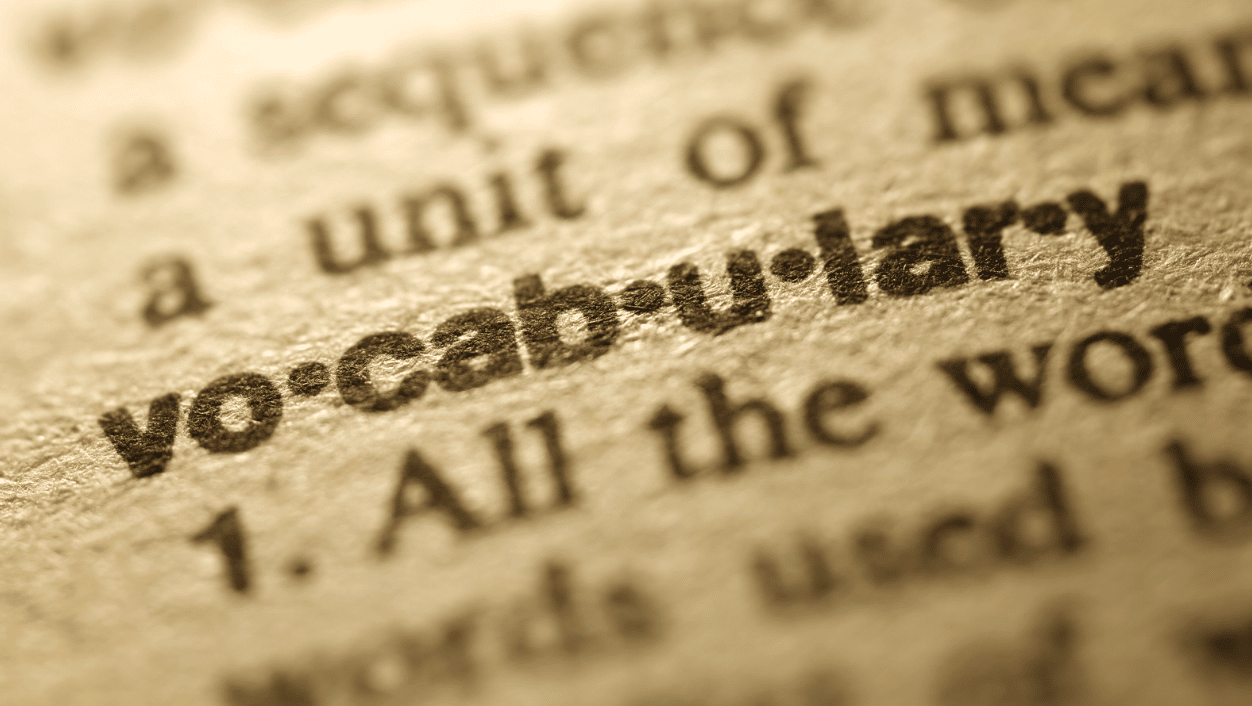
Technology is changing faster than ever before. There’s constant pressure to learn new technologies, new methodologies and, of course, new terminology. This relentless advance touches every industry and banking is no exception.
Banking, as we know it, is being transformed. The role of banks in our lives, the way we bank—even how bank branches look and feel is evolving.
It can be a struggle to keep up. Sometimes you feel like everyone is speaking a foreign language. If you don’t stay on top of things, you’re in danger of becoming a tech dinosaur.
That’s why we put together this handy reference to the words, acronyms, and jargon you need to navigate banking’s new frontier.
Anticipatory customer service
The practice of predicting and satisfying customers’ unexpressed needs. To forecast customer desires, businesses use technology to monitor and analyze customer behavior.
Assisted self-service
A self-service kiosk or terminal where customers can complete bank transactions independently or with the help of a staff member who monitors the terminal.
Business intelligence (BI)
Analysis of an organization’s data using a collection of software applications. Disciplines that fit under this umbrella include, but are not limited to, querying, reporting, data mining, and analytical processing.
Cash automation
The handling and management of cash using machines. It is used to improve the speed and accuracy of manual cash handling and reduce costs.
Check imaging
The process of providing digital images of checks instead of physically canceled checks. Check imaging replaced antiquated methods when The Check Clearing for the 21st Century Act, or Check 21, came into law in October of 2004.
Chip Card, Chip and PIN, Chip and Signature
see Smart Card entry.
Contactless chip
A smart chip that communicates with a reader through a radio frequency (RF) interface allowing the chip to be read at short distances without direct contact with the reader. This technology has been applied to enable payments using devices such plastic cards, watches, key fobs, mobile phones and other devices.
Customer relationship management (CRM)
Any technology, practice or strategy used to strengthen or extend the length of the customer lifecycle.
EMV
A global standard for smart chips with integrated circuits and the technology used to authenticate transactions using smart chips. The chip on a smart card creates a unique transaction code for each payment so even if the transaction code is captured, it can’t be used again. The name comes from the first initials of the three companies that developed the technology—Europay, MasterCard and Visa.
EMV card, EMV smart card
Alternate names for smart cards meeting the EMV standard. See Smart Card, EMV.
EMV-enabled Points of Sale (POS)
Retail transaction terminals that are outfitted with the technology necessary to accept chip-based payments. This can be via enabled plastic cards and/or mobile phones.
FinTech or fintech
Refers to any technological innovation applied to personal and commercial financial services. The term is short for “financial technology.”
Interactive Teller Machine (ITM)
An enhanced automatic teller machine (ATM) that offers the ability to interface with a remote teller using video chat. ITMs often offer more types of transactions than an ATMs.
Near Field Communication (NFC)
A short-range wireless standard that uses magnetic field induction to enable communication between devices when they are brought close together (within 4-8 in or 10-20 cm).
Omnichannel banking
Occurs when customer transaction data and communications are combined across all channels, allowing customers to seamlessly move back and forth between mediums as if having a single conversation. These channels commonly include online, phone, and face-to-face communications in the branch.
Omnichannel platform
A system that provides an integrated network of channels, often including online and mobile applications, call centers, and brick-and-mortar branches. These systems provide real-time data on customer interactions and needs that allows banks to deliver a more continuous experience to their customers.
Open branch / open concept design
A design concept that uses open floor plan principles. This layout is generally intended to increase transparency of bank business and improve customer service and teller accessibility.
Reader
Device used to communicate with a smart chip. Readers are either contact (card is inserted into the reader) or contactless (card is tapped or waved close to the reader).
Remote deposit capture
A system that allows customers to remotely scan and transmit a check for deposit. This system commonly eliminates the need for providing physical checks to the bank.
Self-service kiosks
Kiosk structures with computers where customers can complete transactions independently rather than waiting for a teller.
Smart card
A device that includes an embedded integrated circuit chip that stores large amounts of data, carries its own on-card functions and communicates intelligently with a reader.
Teller cash recycler (TCR)
An electronic machine used to automate cash dispenses and deposits and other manual cash handling activities. Cash recyclers automate cash counting, sorting, validation, balancing, and securely store cash inventory at the point of use.
Teller pod
A teller workstation with no physical separation between the customer and teller, usually part of an open branch concept. Teller pods are typically equipped with a terminal and a TCR to secure cash and are designed for closer contact between tellers and customers.
Universal banker / universal teller
A bank employee who is cross-trained to perform teller transactions as well as additional customer service tasks. Implemented to increase efficiency and improve customer service.

